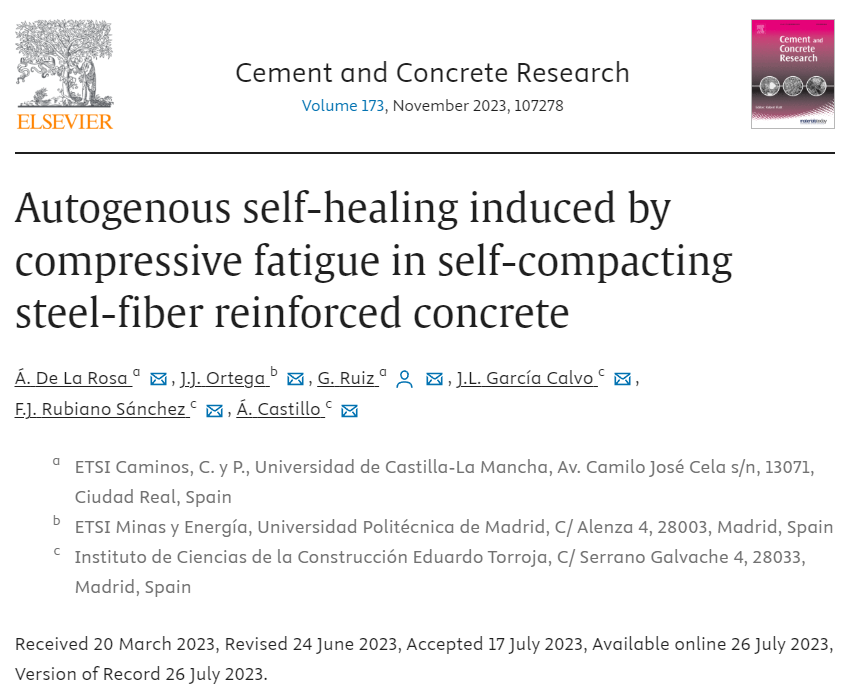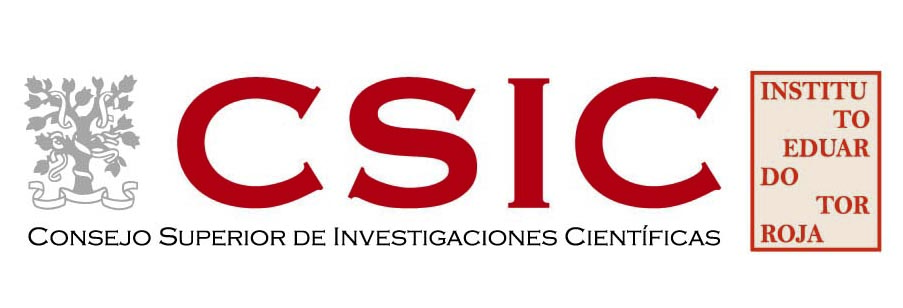We study the application of fatigue loads as an activation agent of the self-healing mechanism of concrete. This can lead to improvements in the strength of the material, contrary to the idea that cyclic loads can only generate damage.
A fiber-reinforced concrete was produced and characterized under compressive fatigue. The strength of runout specimens, which resisted from a minimum of 165000 cycles until more than a million, showed a mean increase of 23%. Microstructure analyses were performed to confirm this increment as the result of a self-healing process, including X-ray Diffraction, Thermogravimetric and Differential Thermal Analyses, Back Scattering Electron Microscopy, and Mercury Intrusion Porosimetry.
Results show the presence of new hydration products and a reduction of porosity, which explain the improvement of the concrete capacity. As a mechanical result, the relationship between strain rate and fatigue life is found to be unique for every fatigue stress level.


